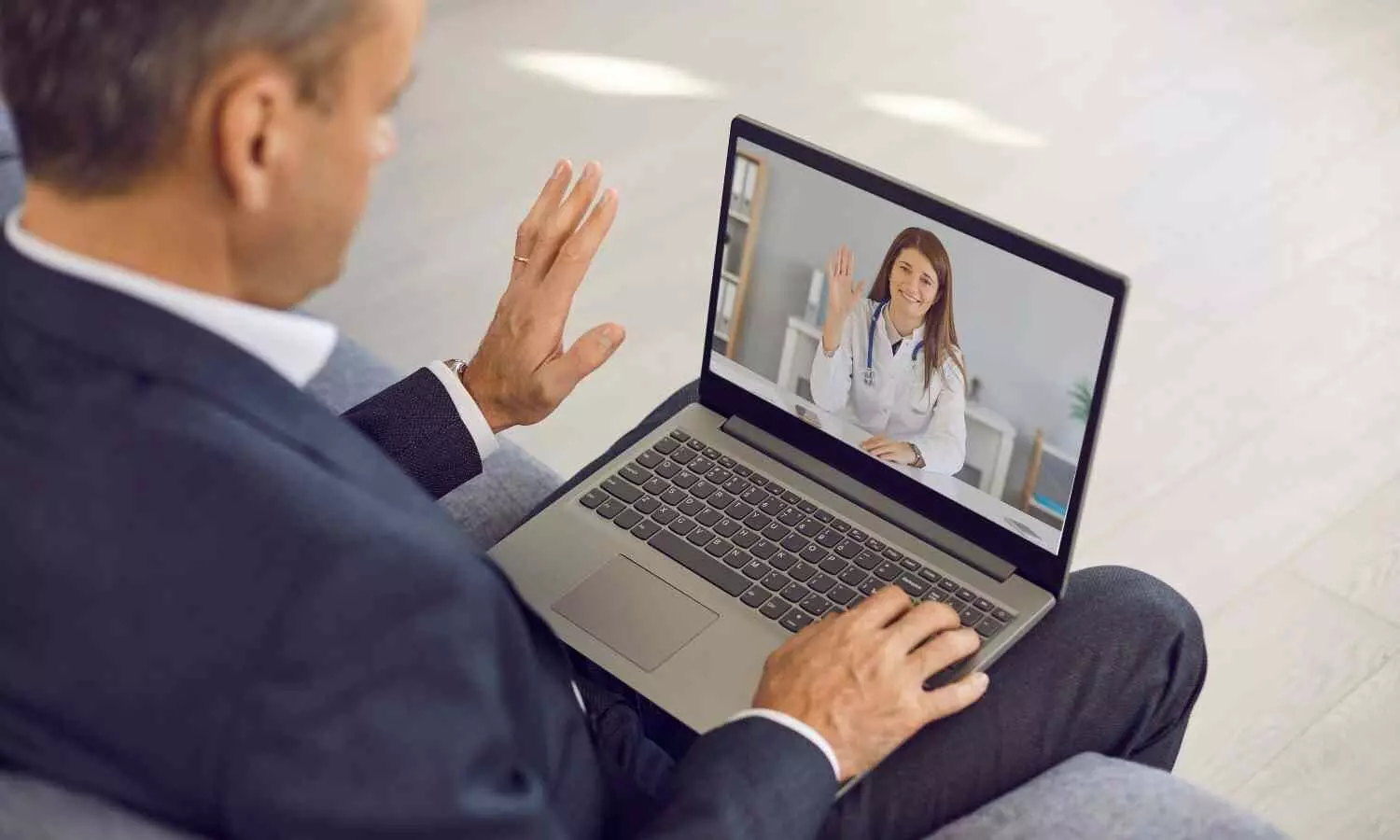Telepsychiatry fails to replace in-person counselling: Study

India: A recent study published in Consortium Psychiatricum showed that patients reported moderate or even low satisfaction with sessions of a telepsychiatry service, however, the doctor’s attitude to the online service was positive.
Researchers from Dr. Ram Manohar Lohia Institute of Medical Sciences, working in collaboration with their colleges from Era’s Lucknow Medical College & Hospital, as well as the Institute of Human Behaviour and Allied Sciences in New Delhi have found out why the patients did not like the “remote” treatment.
Because of the lockdown during the pandemic, mentally ill patients could not get in-person psychiatric counseling on a regular basis. To solve this problem, a telepsychiatry service was created in India that helped patients to talk with their doctors while safely staying at home.
In the era of rapid distribution and implementation of digital technologies, telepsychiatry can potentially become an easier, more convenient and cost-effective way for patients to get psychiatric care. But how effective are virtual doctor-patient conversations?
The researchers surveyed 100 subjects to find the answer to this question. All subjects were followed up by psychiatrists for various disorders such as major depression, bipolar and anxiety disorders, obsessive-compulsive disorder or tension headaches accompanied by mild psychiatric symptoms. The patients had been coming for in-person consultations with a psychiatrist for two years before the pandemic, and during the lockdown, they were offered free psychiatric counselling using video conferencing via a special hospital mobile app.
The study subjects got two 15- to 20-minute consultations with a two-week interval. After the second consultation, they were asked to complete the Client Satisfaction Questionnaire-8 (CSQ-8) in a Google form for easier interaction. Then the researchers conducted the statistical data analysis to evaluate the degree of patients’ satisfaction.
The lowest degree of satisfaction was associated with the question “Has the provided medical care helped you overcome your issues more effectively?” over the past two weeks – 61% of patients said no. The next question was “How would you assess the quality of provided care?” 55% of respondents reported poor quality of the provided care. When answering the question “In general, to what extent are you satisfied with the care you have received?”, about 53% of patients reported being dissatisfied or partially satisfied with the care they had been provided.
At the same time, despite admitting the low effectiveness of two virtual sessions, many patients were ready to use the service again (72%) or recommend it to a friend (67%). More than half of respondents said they had received the care they had wanted but to a lesser extent or of poorer quality.
Patients’ demographic characteristics did not significantly affect their responses; however, people living in cities tended to be more satisfied with the remote treatment (most likely due to the fact that they were used to online communication), and so did patients from low-income communities who could not probably afford to get paid psychiatric care.
The doctors suggested that cultural differences of patients from Central Asia and misinterpretation of the patients’ emotions on the screen played a role in the patients’ negative impression of the sessions.
Patients who are satisfied with the process and the outcome of treatment are more adherent to therapy and more likely to have better prognosis. This shows the importance of surveys evaluating patients’ satisfaction: they reveal weaknesses and disadvantages of provided medical care and therefore help healthcare decision-makers develop more effective mental health programs. In this case, too, the feedback from patients regarding the telepsychiatry service may be used to develop guidelines for practice.
According to one of the authors of the study, Dr. Abdul Q Jilani, in the coming decades, online consultations may rise exponentially as it avoid the inconvenience travelling barriers and indirect medical expenses, especially for the follow-up of stable patients.



